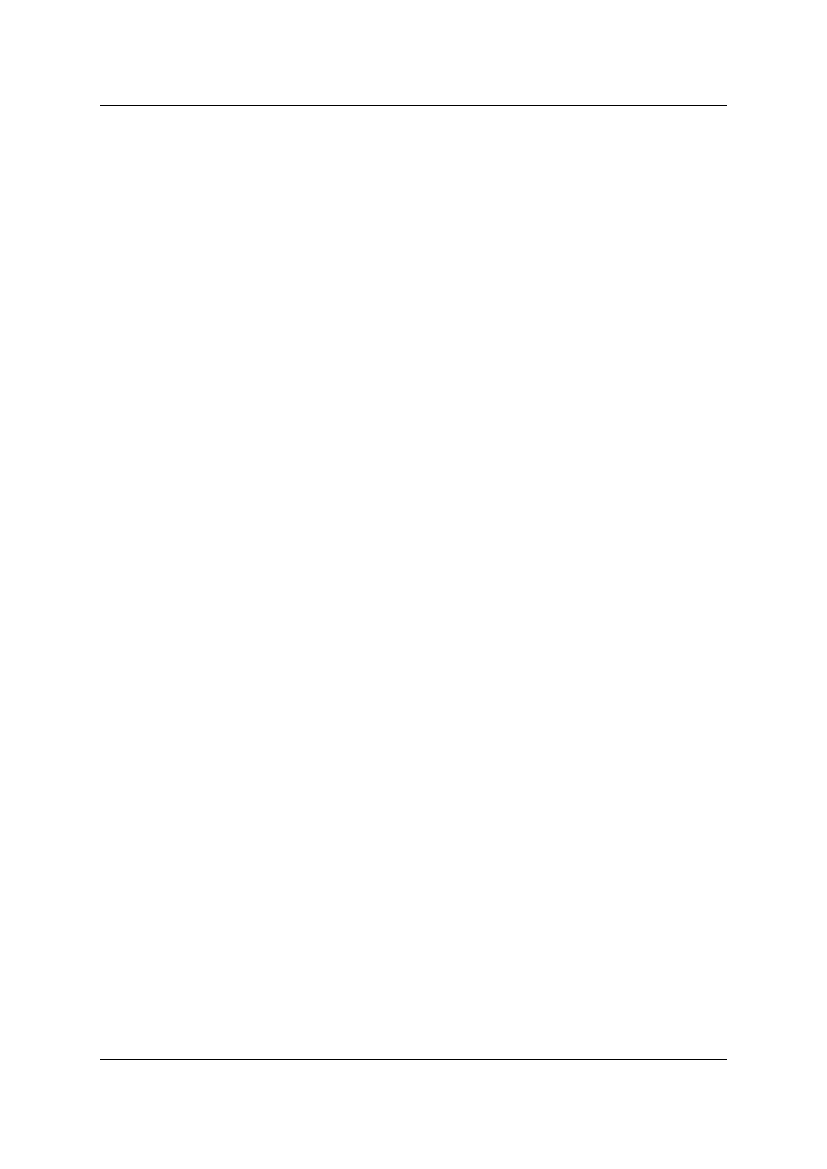
Intermediate Equipment Handbook
Intech Associates
values of plant are difficult to predict. The residual scrap value of an obsolete
item of plant can be less than the cost of cranage and transport for disposal. It is
suggested that you insert an assessment of the CURRENT value of scrap
machines for this model.
If you intend to dispose of the equipment item before it reaches scrap condition,
make an assessment of the disposal value which would reflect any residual life
remaining. An adjustment to the economic life would be necessary in Steps 2 - 5
in this case.
12. Insert the assumed residual/scrap value in the Box D1.
13. Insert the economic life in years selected in Step 2 in the Box D2.
14. Insert the utilisation in hours/year selected in Step 1 in the Box D3.
15. Calculate the ADJUSTMENT FOR SCRAP (or disposal) VALUE based on the
formula shown and insert the figure in the Box D.
16. Calculate the SUB-TOTAL FOR OWNERSHIP COSTS ( W = C - D). The figure
is an adjusted daily rate.
17. Insert in the Box E1 a percentage value for the cost of spares and consumables
each year compared to the machine cost new (Box C3). This value should
ideally be obtained from actual working records. Alternatively the equipment
agent should be able to offer advice on this figure. As with any advice it should
be checked with alternative sources such as other users. Spares have a ready
resale market and good control and record keeping are essential.
18. Calculate the DAILY COST OF SPARES based on the formula shown and insert
the figure in the Box E.
From this point the calculations may be continued in US$ or converted into the
local currency at the prevailing exchange rate.
19. Insert in the Box F1 a percentage value of the cost of spares and consumables
each year to cover the servicing and repair workshop labour costs.
20. Calculate the DAILY WORKSHOP LABOUR COSTS based on the formula
shown and insert the figure in the Box F.
21. Insert in the Box G1 the cost of fuel per litre (delivered), adding an allowance for
the cost of lubricants and greases used between servicing.
22. Insert in the Box G2 the assumed fuel consumption in litres per hour from
records, manufacturer’s data or reference documents based on the engine size
and workload. Fuel consumption will vary considerably depending on workload,
equipment age and condition, and operator. Benchmark guidance based on
October 2012
48